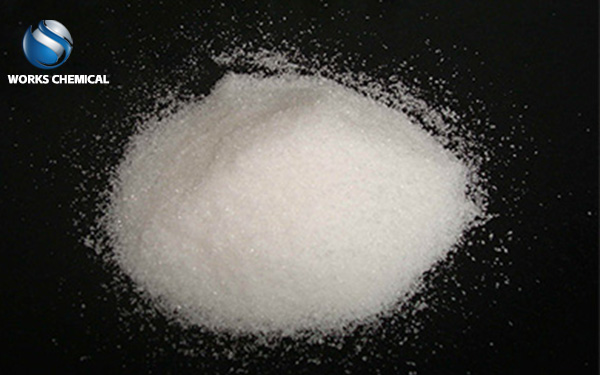
In the process of sludge dewatering, different agents can be selected according to the properties of the sludge and the target treatment effect. The following are some common sludge dewatering agents:

Polyaluminum Chloride (PAC) : a common inorganic flocculant, it can gather small particles in the sludge into large particles, easy to remove water.
Polyaluminum Chloride Iron (PAFC) : An inorganic flocculant, similar to polyaluminum chloride, capable of aggregating small particles in sludge into larger particles.
Iron Trichloride (FeCl3) : An inorganic flocculant that can gather small particles in sludge into large particles.
Lime: A common alkaline flocculant that regulates the pH of the sludge while promoting the dehydration of the sludge.
Anionic Polyacrylamide (APAM) : An organic flocculant that aggregates fine particles in sludge into larger particles.
Cationic Polyacrylamide (CPAM) : An organic flocculant commonly used in municipal wastewater treatment plants to dehydrate sludge.
Sludge dewatering agent (SJC-08) : a new type of organic dewatering agent, suitable for deep dehydration of plate and frame filter press, and the moisture content is reduced to 60%-40%.
In the selection of sludge dewatering agents, it is necessary to conduct a small test to screen out the best effect of the agent. In addition, attention should be paid to issues such as the dosage and mixing method of the drug to ensure the effectiveness and safety of the drug. At the same time, depending on the industry and sludge nature, it may be necessary to use a combination of different agents to achieve the best dehydration effect. The commonly used method of adding dewatering agents is to dissolve the agents first, and then evenly add the solution of the agents to the sludge.